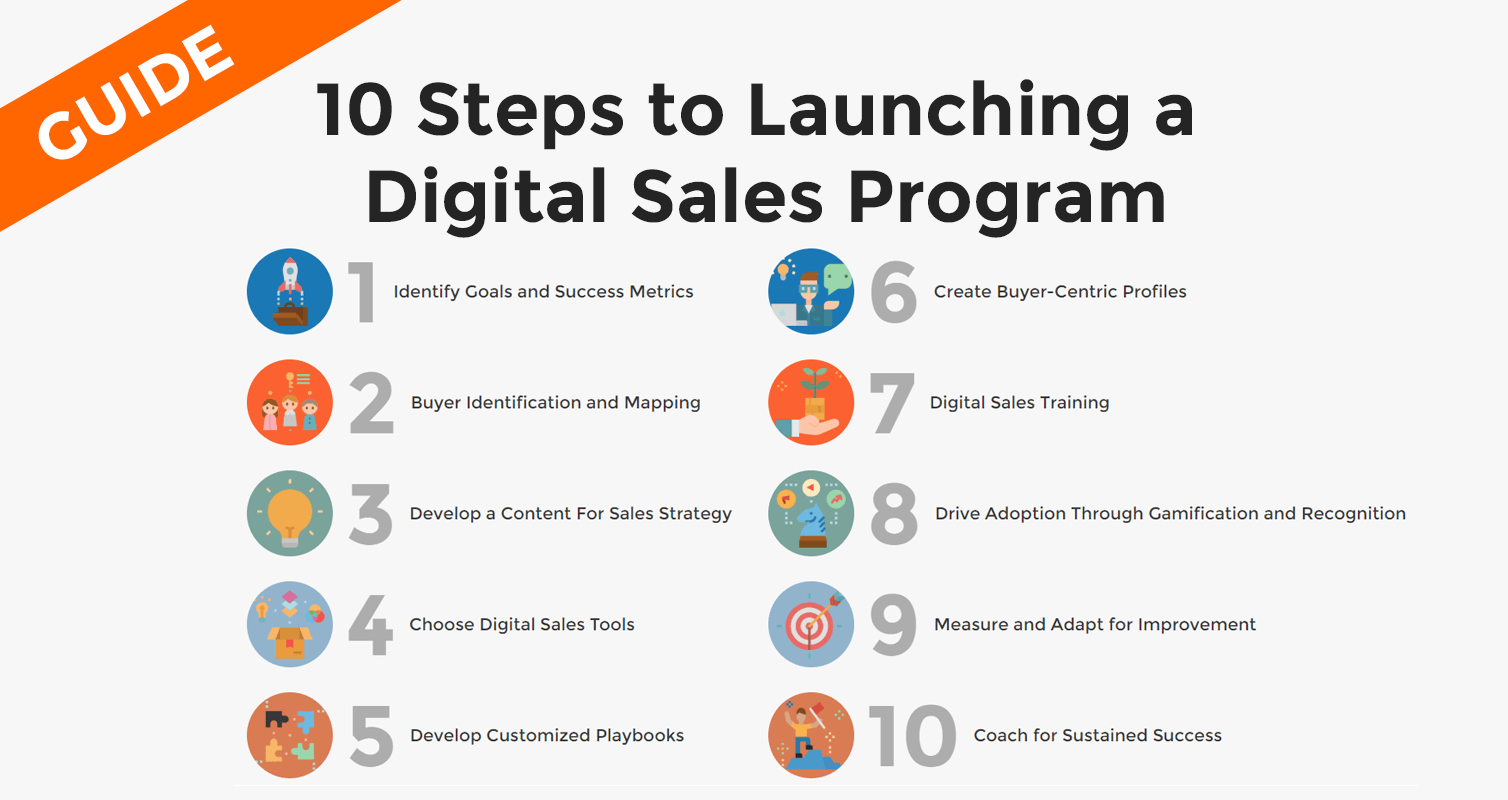Using PPC Metrics to help measure the success of your PPC Marketing?
The second question out of the 8 questions to ask before you hire a PPC expert is how will you measure success? When I wrote about setting pay per click goals, I said setting goals before you start is critical. Just as critical is understanding how you are going to measure whether you reached your goals or not.
Since goals are specific, you should be able to figure out what metrics you need in order to measure progress. For example, if your goal is to spend $1000 and get 10 conversions, you need to measure your total cost and total conversions. If you goal is to get 1000 visitors, then you will be measuring clicks. If you want to be shown on the first page of Google for specific keywords, then you measure average position and impression share for each of those keywords or ad groups.
These are some simple ideas but don’t let them fool you. As you begin to dig deeper into managing PPC campaigns you will want to start measuring other metrics or segmenting data into device types or time of day in order to understand how well your campaigns perform. For the sake of keeping this post from becoming a book, I am going to stick with the high level metrics and refrain from others such as bounce rates and the various types of conversions.
What PPC metrics are available?
Google and Bing provide plenty for you to analyze. To get you started, there are a handful of metrics that you need to know. Below are some basic definitions to help you understand them. Google details more of these and other definitions in their Adwords Glossary.
- Impressions – The number of times your ad was displayed in a search results page.
- Clicks – The number of times someone clicked on your ads.
- Click Through Rate (CTR) – The percentage of clicks divided by Impressions.
- Cost – The total cost for all clicks.
- Average Cost per Click (CPC) – Total cost divided by the total number of clicks.
- Average Position – How high in the results page is your ad showing. 1 is the highest.
- Impression Share – The percentage of the total number of times your ad could have been shown vs the actual number of times it was shown.
- Conversions – The number of times someone clicked on an ad and completed an action you defined as a conversion within a specific period of time.
- Quality Score – Relevancy of your combined keyword, ad and landing page which affects your CPC. Quality scores vary but the higher the better.
- % Served – When analyzing your ad copy, how often an ad was served vs other ads in the same ad group.
What should you measure?
Although every metric is important when evaluating PPC marketing performance, your goals will determine which metrics you should focus on first. As a general rule, I don’t recommend any of the following goals by themselves but together they will help you understand the basics.
I want to be seen on the first page of Google!
Being seen in the search engines is easy as long as you know what you need to spend per click and you are willing to spend it. Decide which keywords matter to you and bid them high enough to be competitive. Monitor the number of impressions as well as your impression share. You want your impression share to be at 98% or better. To be consistently seen, you should try to maintain an average position of 5 or higher. If your impression share is low, you need to increase your bids or increase your daily budget. If you are using up your daily budget, you might also consider limiting when your ads are running to weekdays, weekends or working hours only.
I want to be at the top of Google!
If you want to be at the top of the first page on Google you must be willing to spend more per click than everyone competing in your market space. Select keywords that you know people use when looking for the service or product you sell. Bid high and be sure you have the budget to afford being in the top spot. First position ads get more clicks and can eat up your daily budget really fast. Once your campaign starts, monitor your average CPC, average position and impression share. If your average position is not 1 or 1.x, you should bid higher. There are other things you can do to improve performance, but by simply bidding higher than your competitors you can be assured that your ad will appear in the top position as long as you have not exhausted your daily budget.
I want to sell more widgets or get more leads!
If you are selling widgets or looking for leads you will want to setup conversion tracking. You can do this in Google Adwords and Microsoft adCenter but recent changes make tracking conversion (goals) easier in Google Analytics. In order to know whether your PPC campaign is doing its job, conversions should be your number one metric with everything else secondary. Most companies track form completions or e-commerce purchases but you can also track phone call conversions. Phone call tracking is especially important for companies focused on leads rather than sales. With custom scripts loaded on your website, you can present unique phone numbers to visitors who clicked on your PPC ads. For as little as $100 a month, you can track how many phone-based conversions come from your ad campaigns as well as organic SEO and other online channels. It’s another dimension that helps you understand how your online marketing affects your real world sales.
Are your sellers using digital sales to build pipeline, start more sales conversations, and improve win rates? The Vengreso 10 Step Digital Selling Program is uniquely designed to secure buy-in from your sales team and help them drive more sales.




